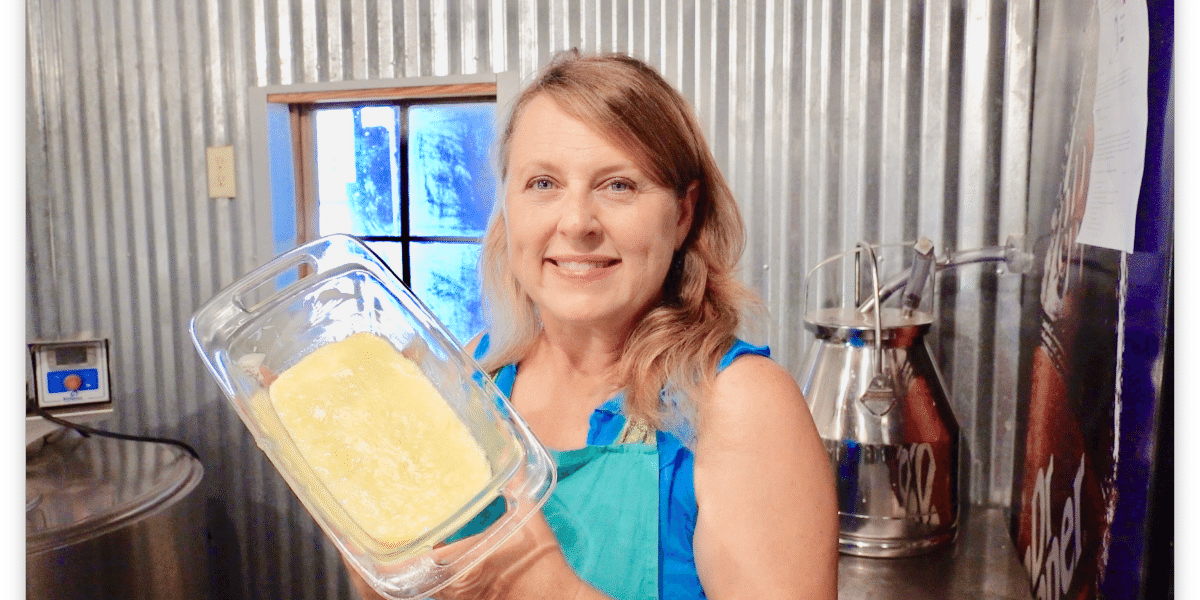Why Floridia Cheese Thomastown Is a Gem in Melbourne Made Cheese
Why Floridia Cheese Thomastown Is a Gem in Melbourne Made Cheese
Blog Article
Unlocking the Tricks of Artisanal Cheese Making: A Detailed DIY Guide
In the realm of culinary craftsmanship, artisanal cheese making stands as a testament to the delicate balance in between custom and technology. As we get started on this trip to debunk the art of developing elegant cheeses, we are faced with a tapestry of tricks and skills waiting to be deciphered.
Choosing the Right Milk
When beginning on the journey of artisanal cheese production, the selection of milk plays a crucial duty in identifying the quality and attributes of the final item. The type of milk picked affects the taste, texture, and on the whole profile of the cheese.
When choosing milk for cheese making, it is essential to think about the fat web content. Higher fat material in milk can result in a creamier and richer cheese, while lower fat material might lead to a drier and firmer structure. Furthermore, the source of the milk, whether from cows, goats, lamb, or buffalo, adds distinct tastes and qualities to celebrity (Floridia Cheese). Each type of milk brings its very own nuances, allowing for a large range of cheese ranges to be crafted based upon the chosen milk. Eventually, the option of milk is a fundamental decision that sets the structure for an effective artisanal cheese-making endeavor.
Culturing and Coagulating
To launch the cheese-making procedure, the essential steps of culturing and coagulating should be very carefully implemented to change milk right into curds and whey. Culturing entails introducing advantageous bacteria to the milk, which then begins the fermentation process. These bacteria convert lactose (milk sugar) right into lactic acid, developing the acidic atmosphere needed for coagulation. The kind of society utilized can substantially affect the flavor, structure, and ripening of the final cheese product.

The timing and temperature level control during culturing and coagulation are critical variables that influence the last result of the cheese. Correct execution of these steps is important to ensure the wanted texture, taste, and consistency of the artisanal cheese being generated.
Draining and Pushing Curds
After the milk proteins have coagulated and the curds have actually been cut to launch whey, the next crucial action in artisanal cheese making involves draining pipes and pressing the curds to attain the wanted texture and uniformity of the last cheese item. Draining is the process of dividing the curds from the whey. This can be done by transferring the curds right into a cheesecloth-lined colander or mold and enabling the whey to drain pipes off normally. The time for draining pipes can vary depending upon the type of cheese being made and the wanted moisture web content.
When the curds have actually completely drained, the next step is pressing. Pushing aids get rid of any remaining whey and compacts the curds to develop a strong cheese wheel. Pushing can be done making use of specialized cheese presses that use mild and consistent pressure over a time period. The duration and pressure applied during pressing will influence the final structure of the cheese, from soft and velvety to difficult and company. Appropriate pushing and draining pipes are critical actions that dramatically influence the quality and characteristics of the artisanal cheese being produced.
Aging and Flavoring Techniques
Executing precise aging and flavoring strategies is crucial in boosting the deepness and intricacy of artisanal cheeses, elevating their preference accounts to beautiful levels of improvement and elegance. Aging plays a critical duty in establishing the unique tastes and structures that identify artisanal cheeses.
Seasoning strategies additionally add substantially to the final taste of artisanal cheeses. Cheesemakers might choose to present extra tastes by integrating ingredients such as herbs, flavors, or even fruits right into celebrity during the manufacturing process. Furthermore, some cheeses are cleaned or massaged with numerous liquids, such as brine or alcohol, to enhance their appearances and flavors.
Covering and Storing Cheeses

Final Thought
In verdict, mastering the art of artisanal cheese making involves carefully choosing the best milk, complying with precise culturing and coagulating processes, draining pipes and pressing curds properly, and making use of different aging and flavoring techniques. By complying with these actions faithfully and with focus to detail, you can develop your very own tasty and unique cheeses in your home. Keep in mind to cover and save your cheeses appropriately to guarantee optimum flavor and texture advancement. Satisfied cheese making!
Each type of milk brings its own subtleties, allowing for a large variety of cheese selections to moved here be crafted based on the chosen milk.After the milk healthy proteins have actually coagulated and the curds have actually been reduced to release whey, the following critical action in artisanal cheese making involves draining and pushing the curds to achieve the wanted texture and uniformity of the final cheese product. Many cheeses should be covered in wax paper or cheese paper to permit them to take a breath while shielding them from drying out. For cheeses that require to proceed aging, such as bloomy peels or washed peels, guarantee they are stored in an awesome setting like a cheese cavern or a refrigerator established to the suitable temperature level. By paying interest to the wrapping and storage space of artisanal cheeses, cheese manufacturers and fanatics can maintain the integrity of these delicacies and fully appreciate their intricate flavors.
Report this page